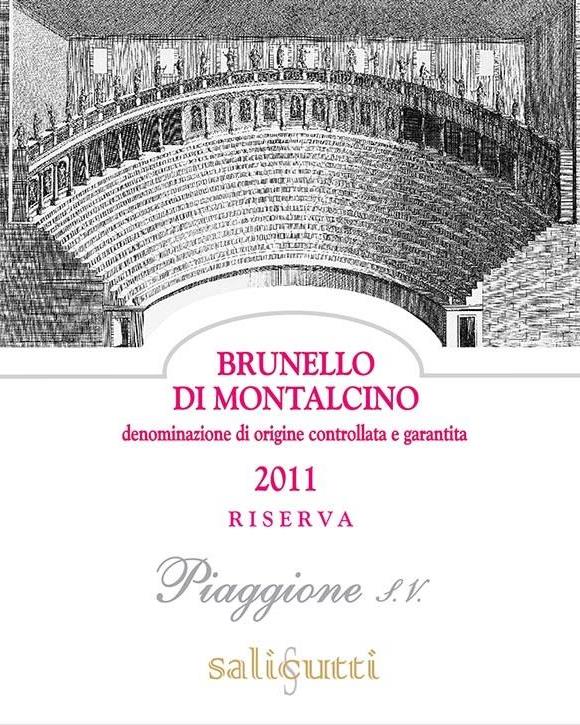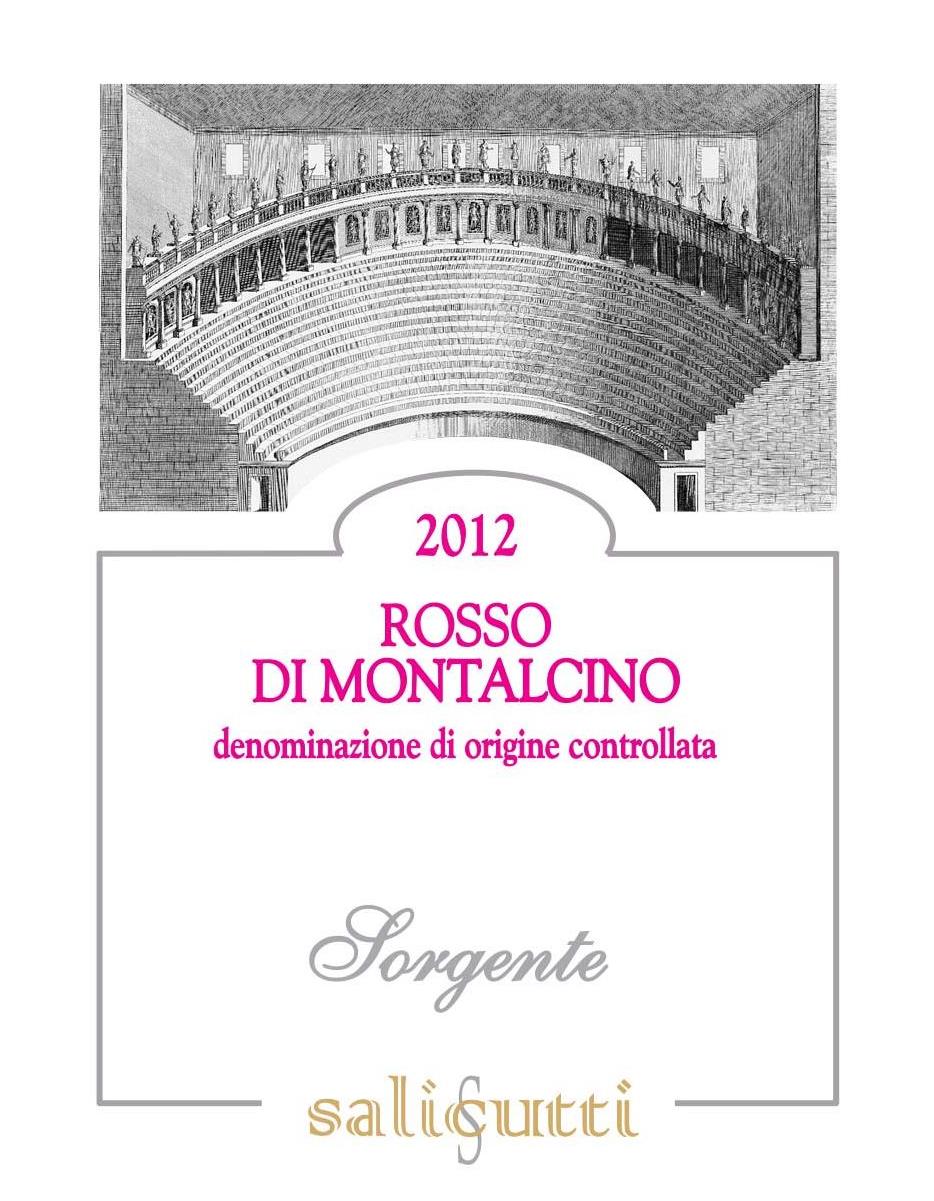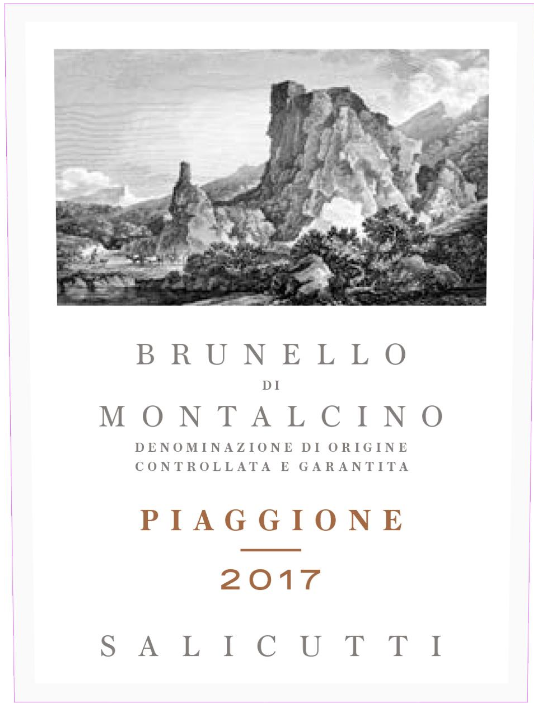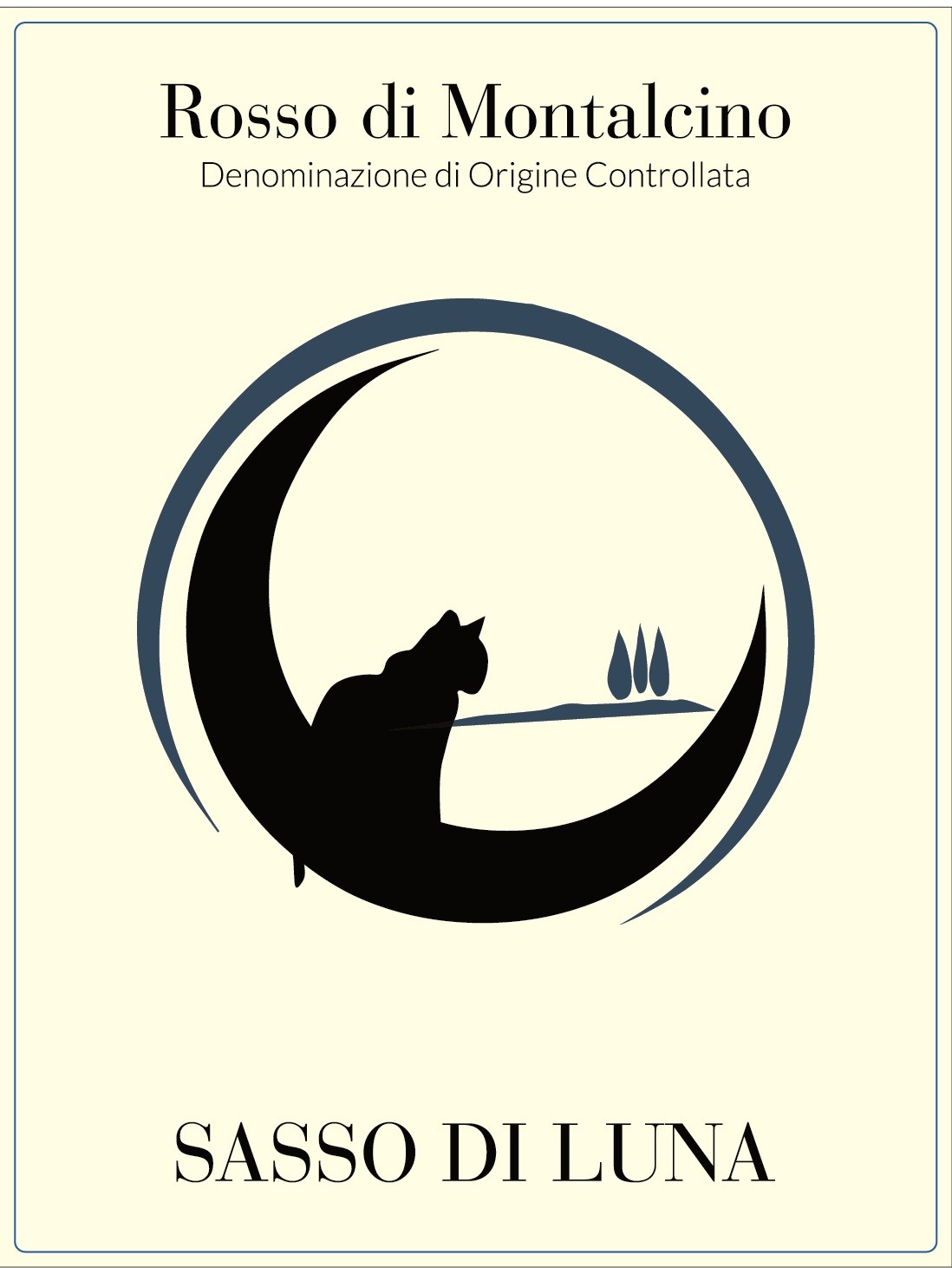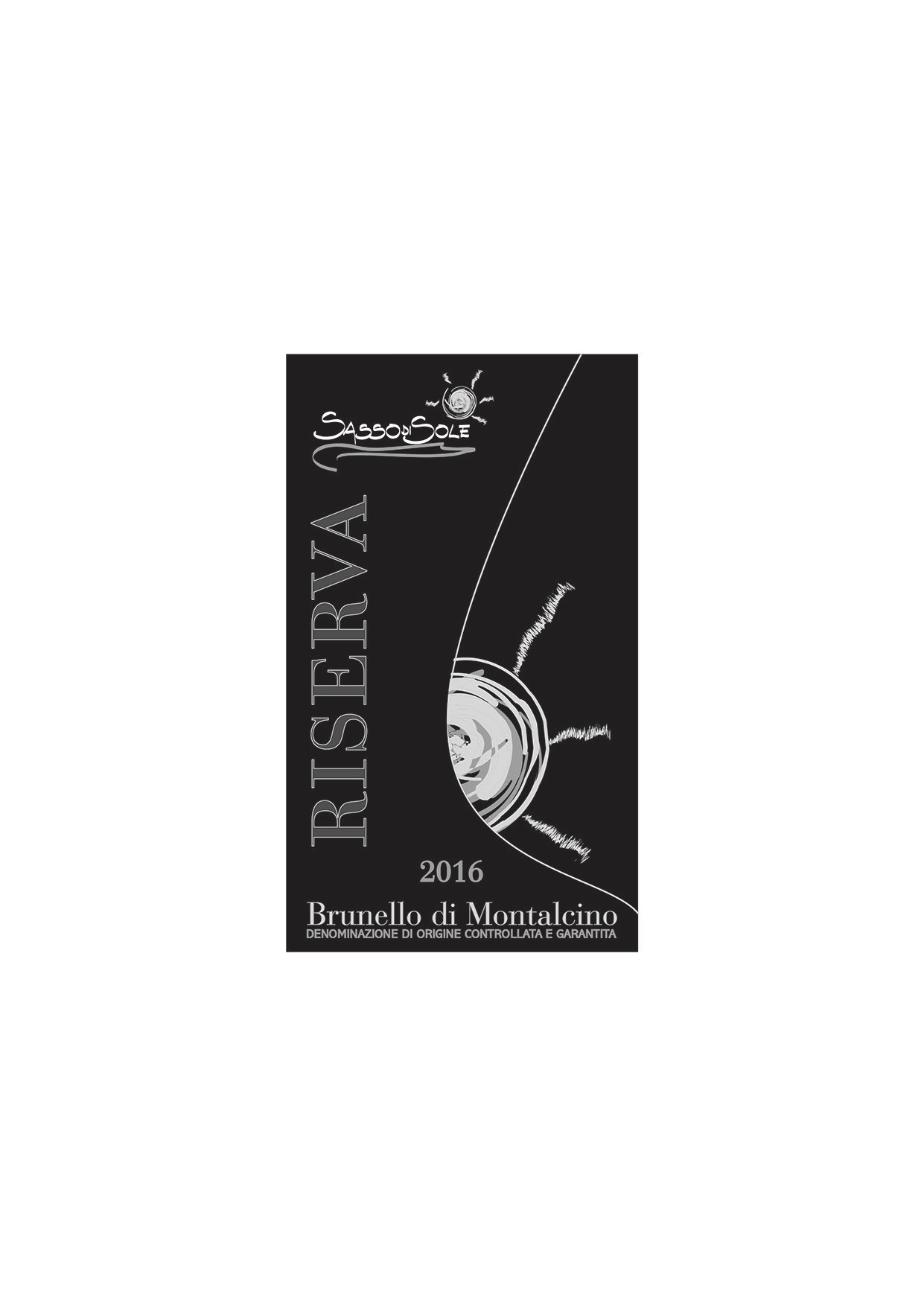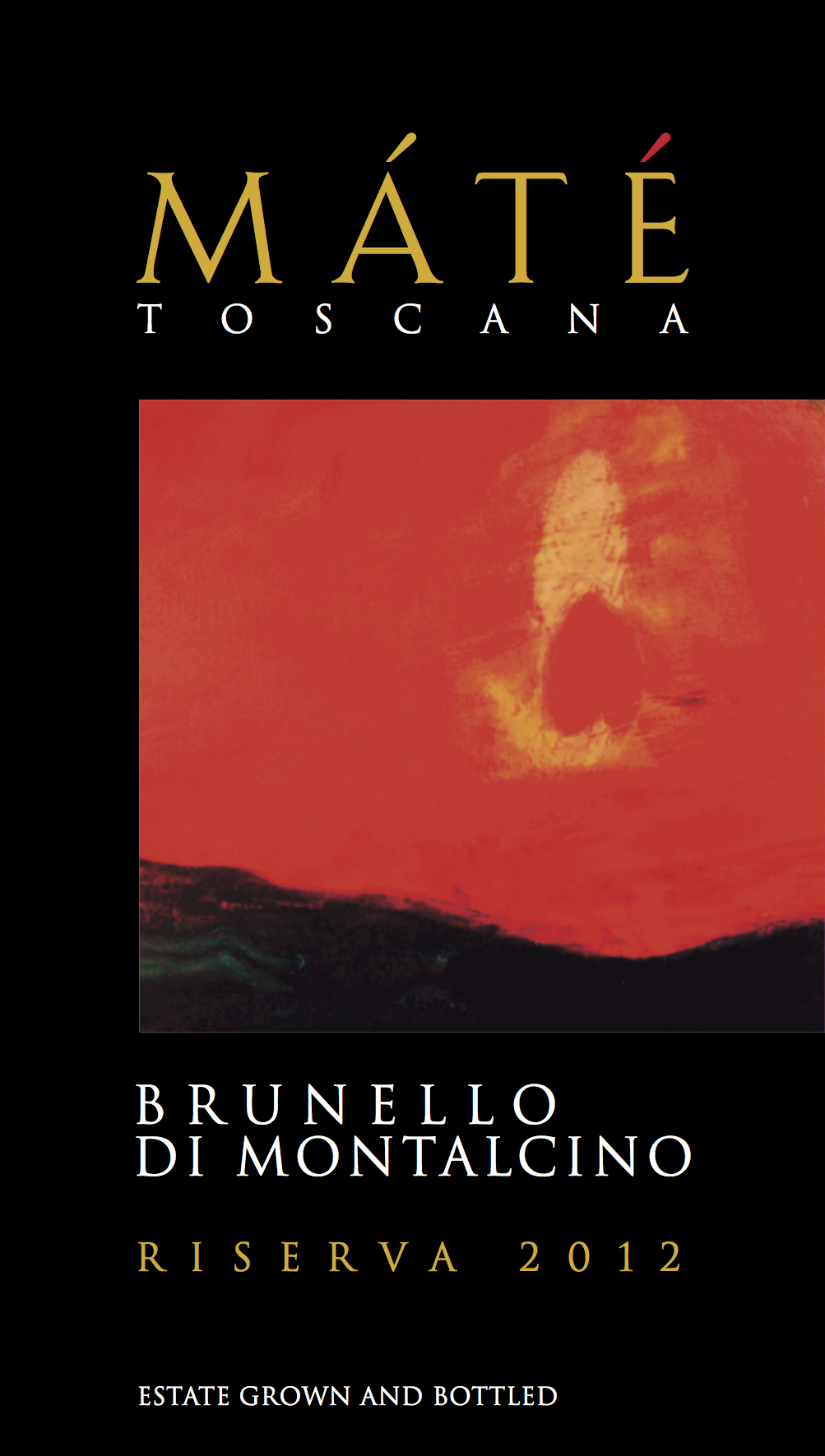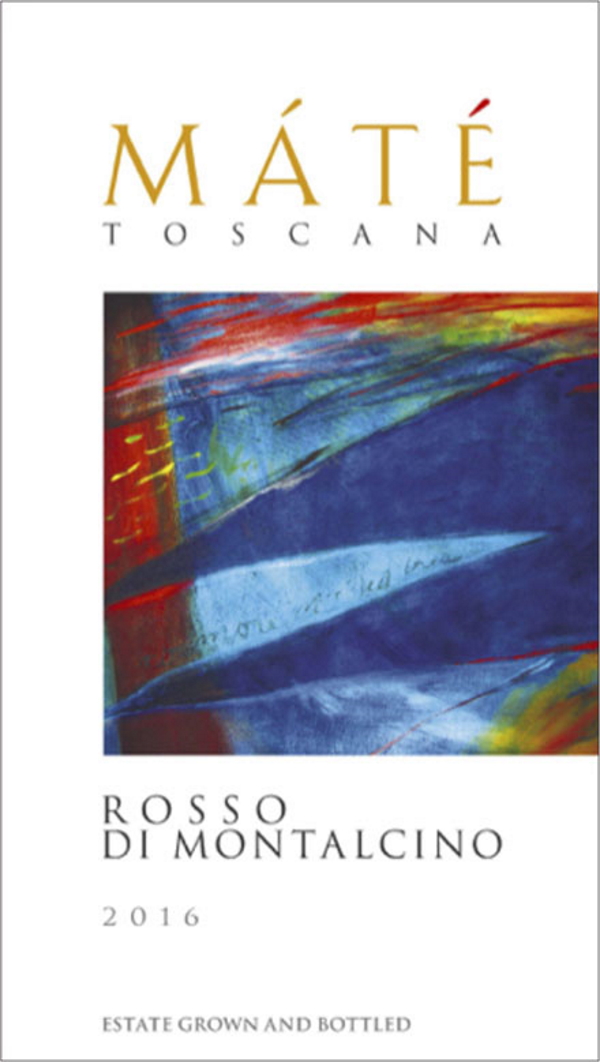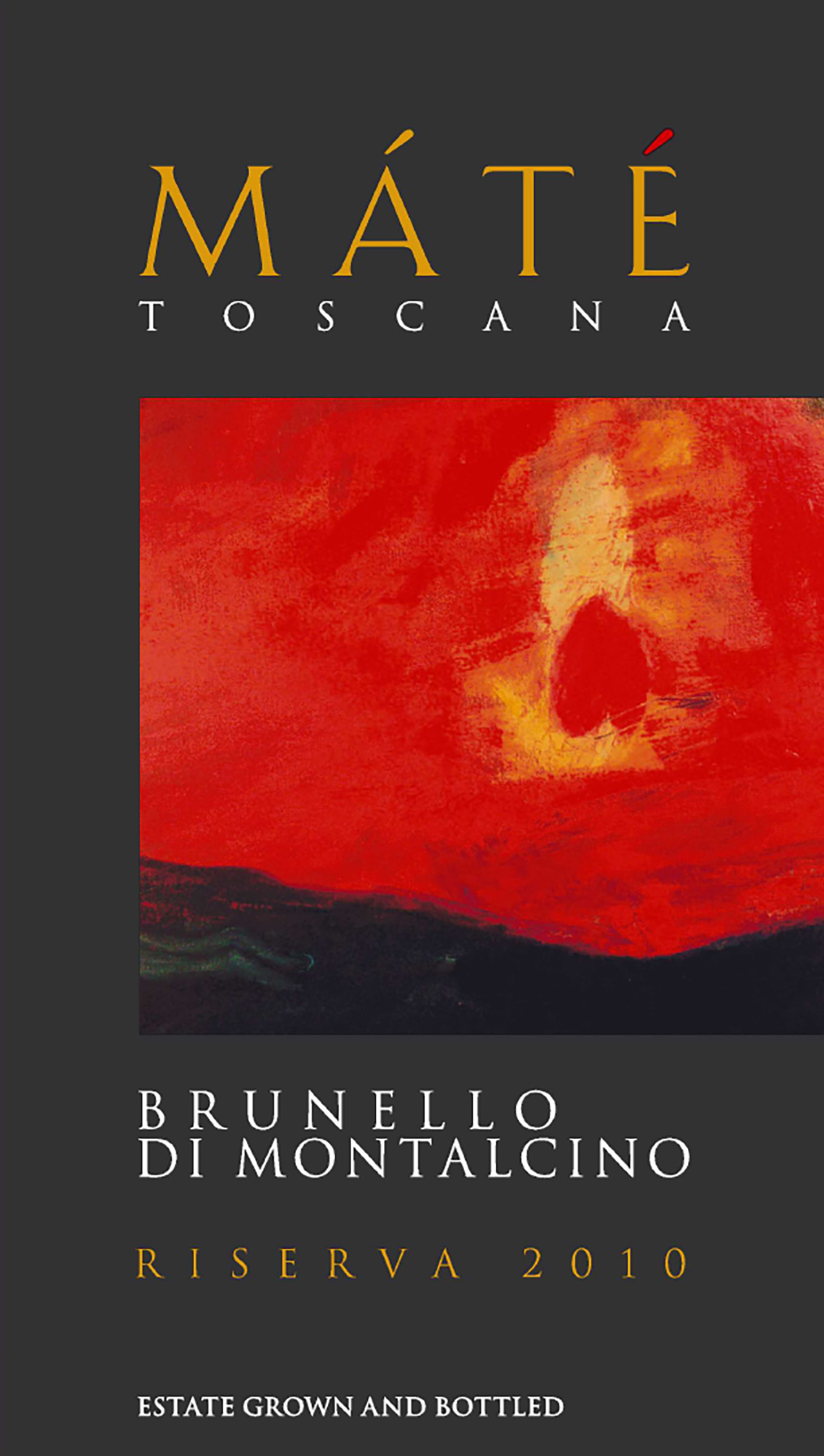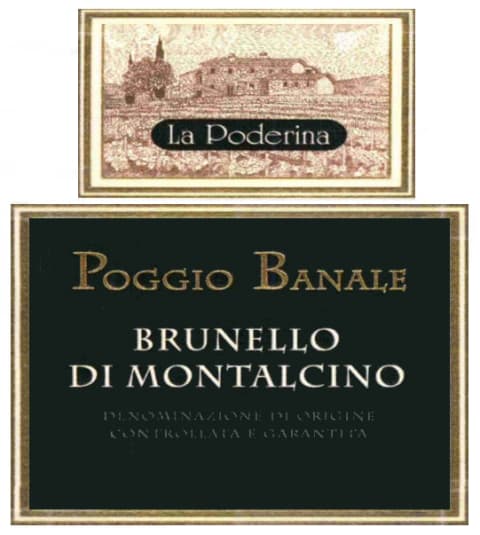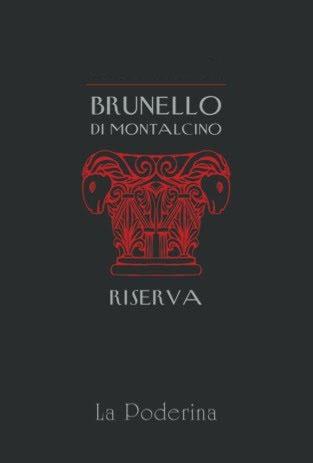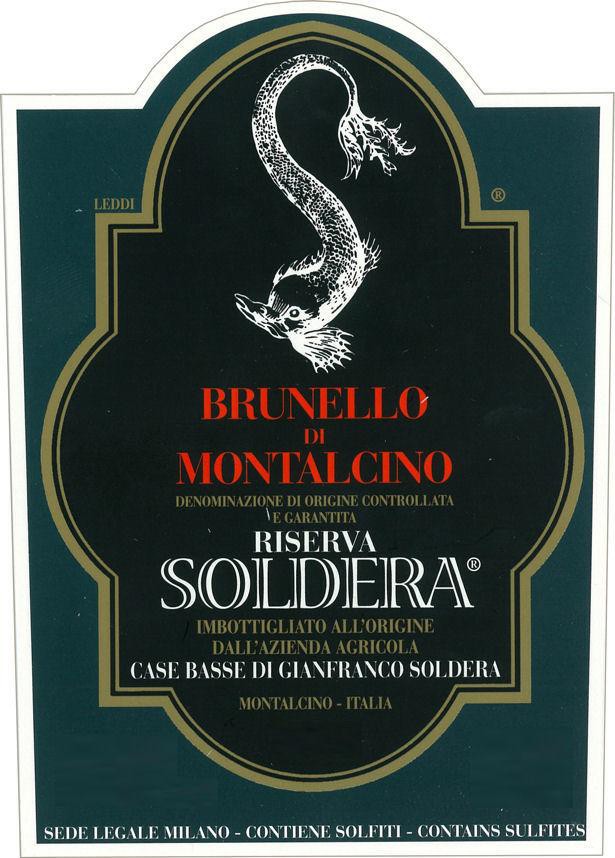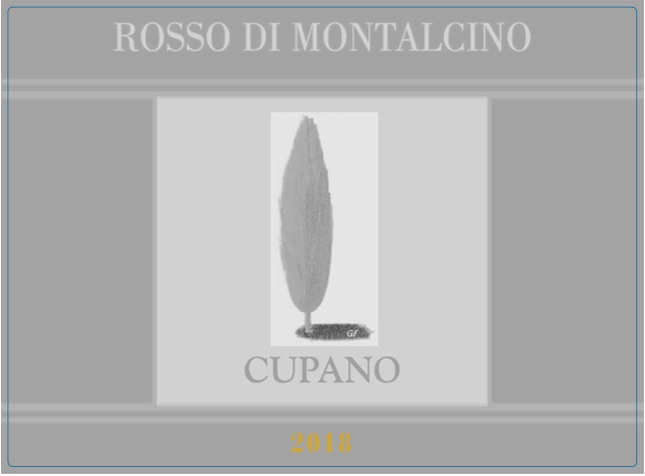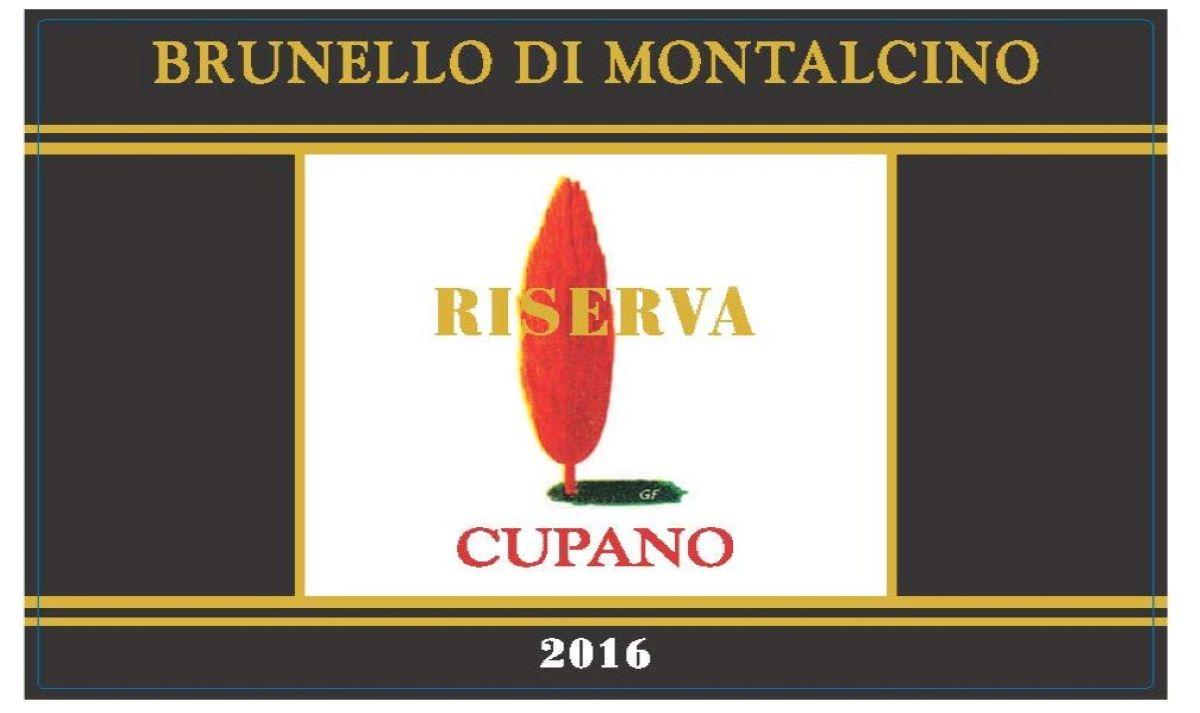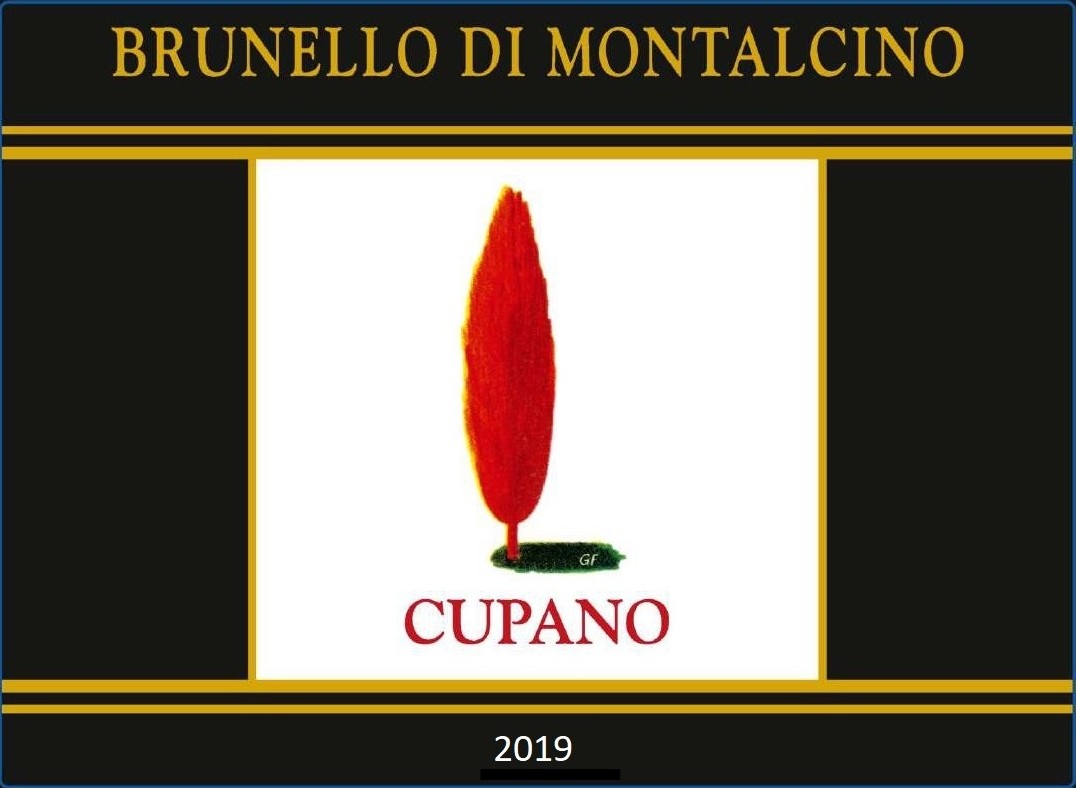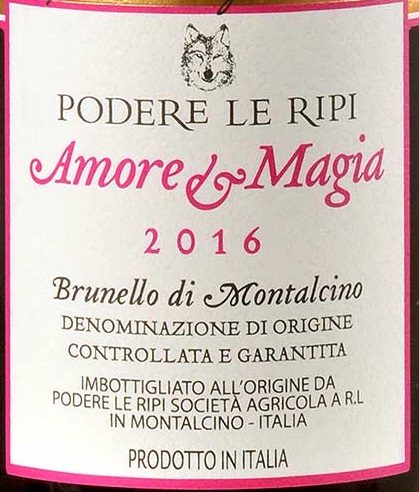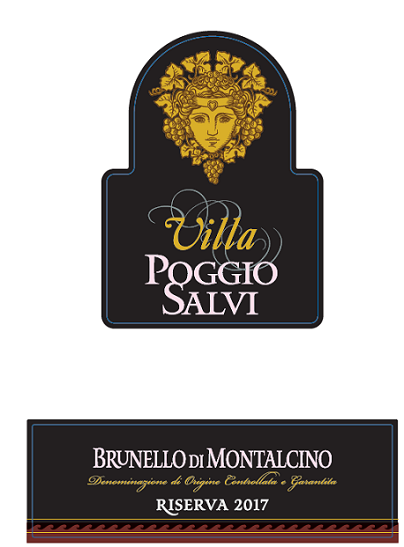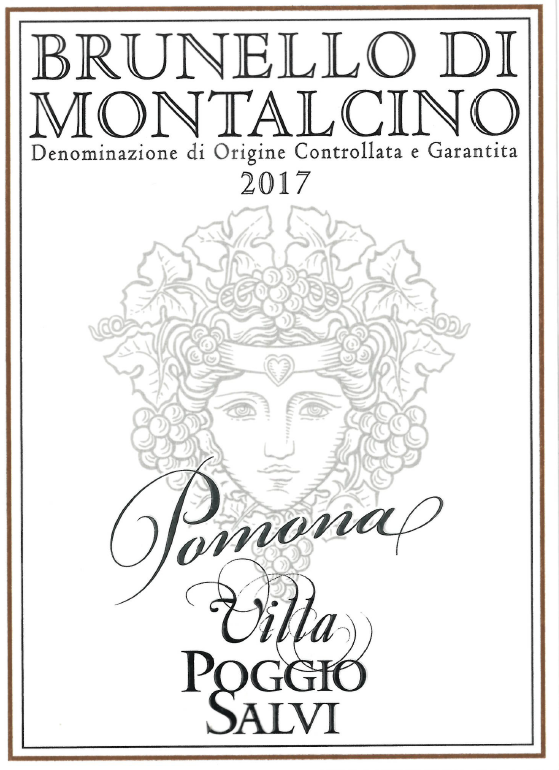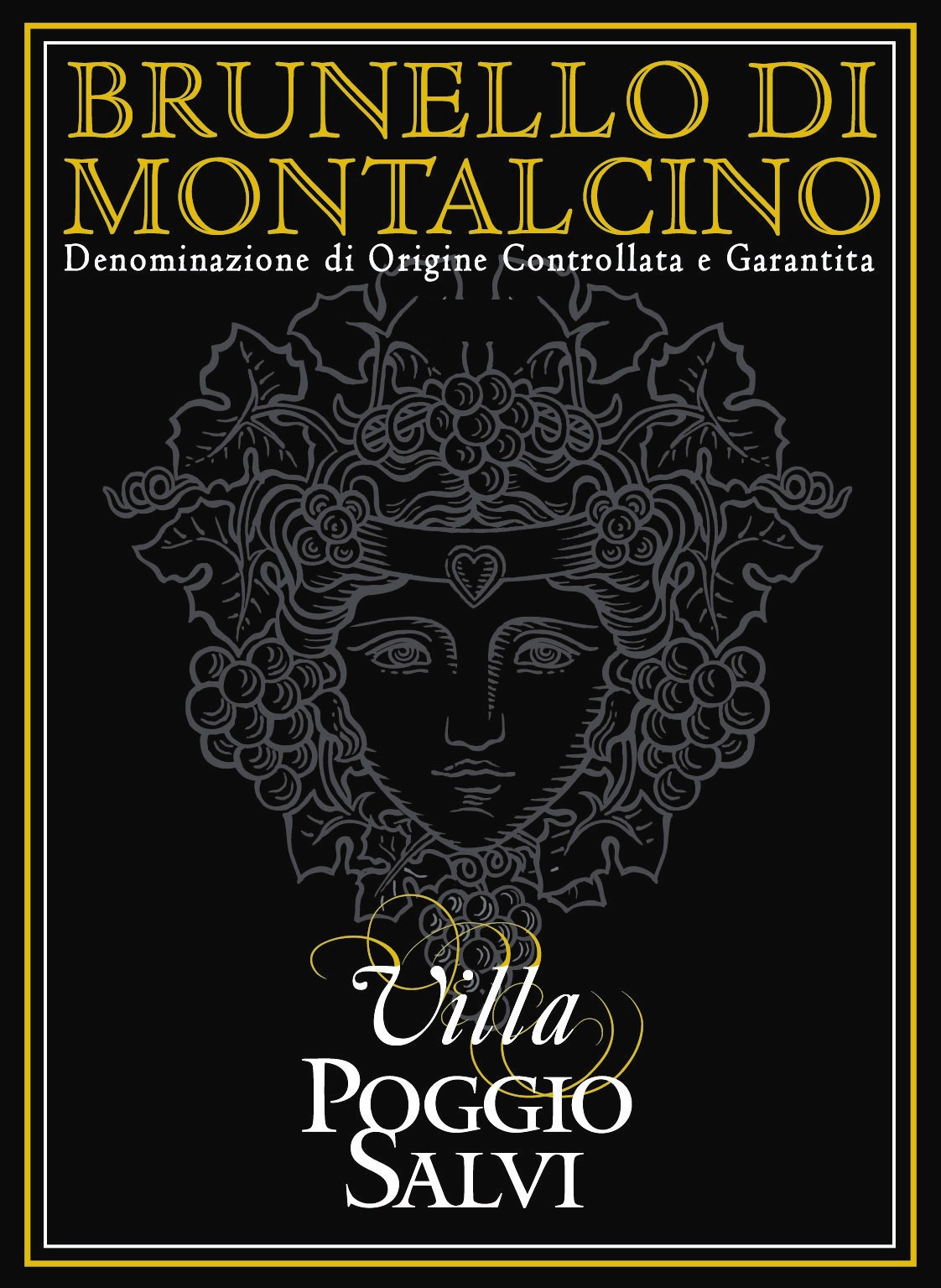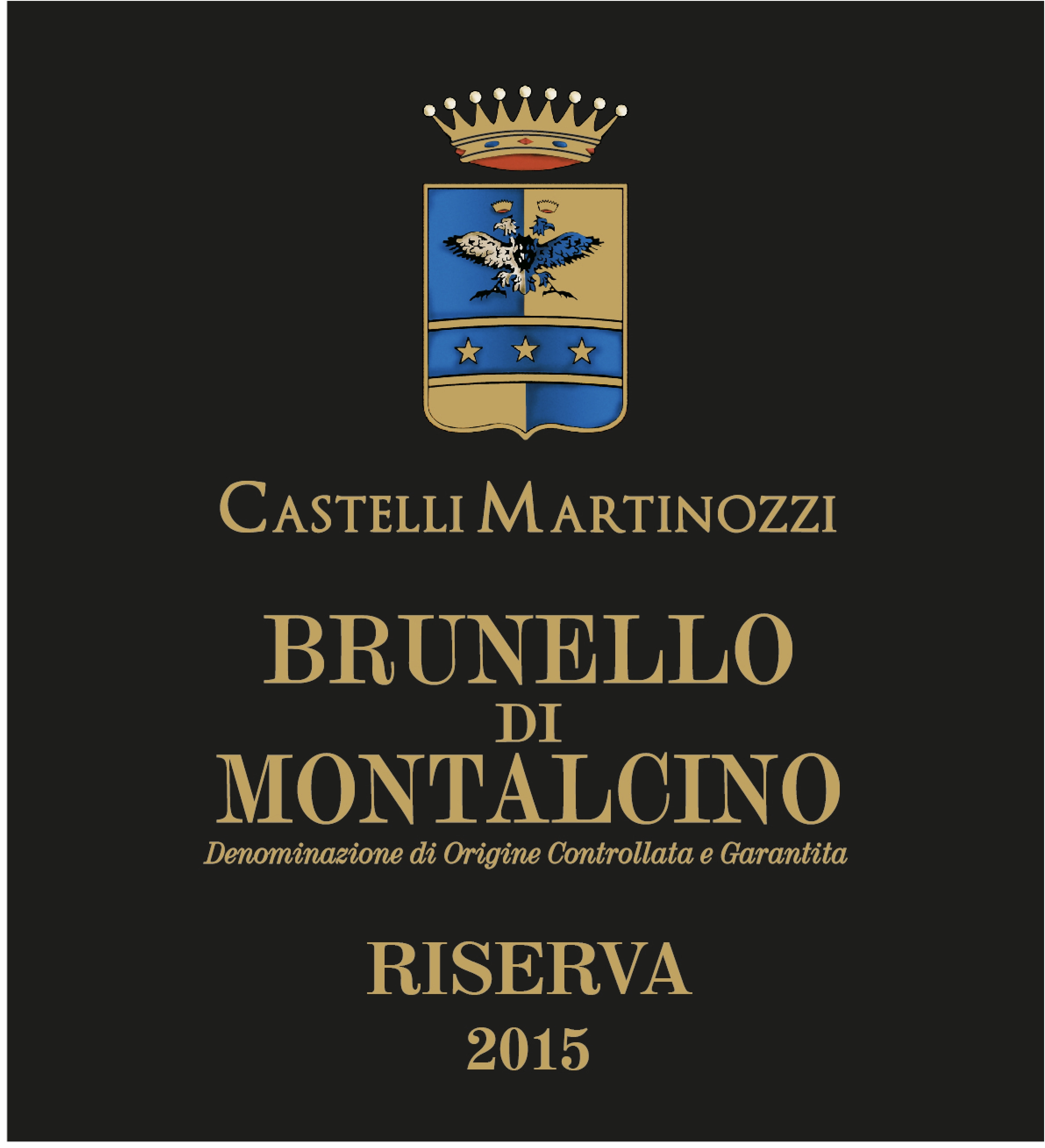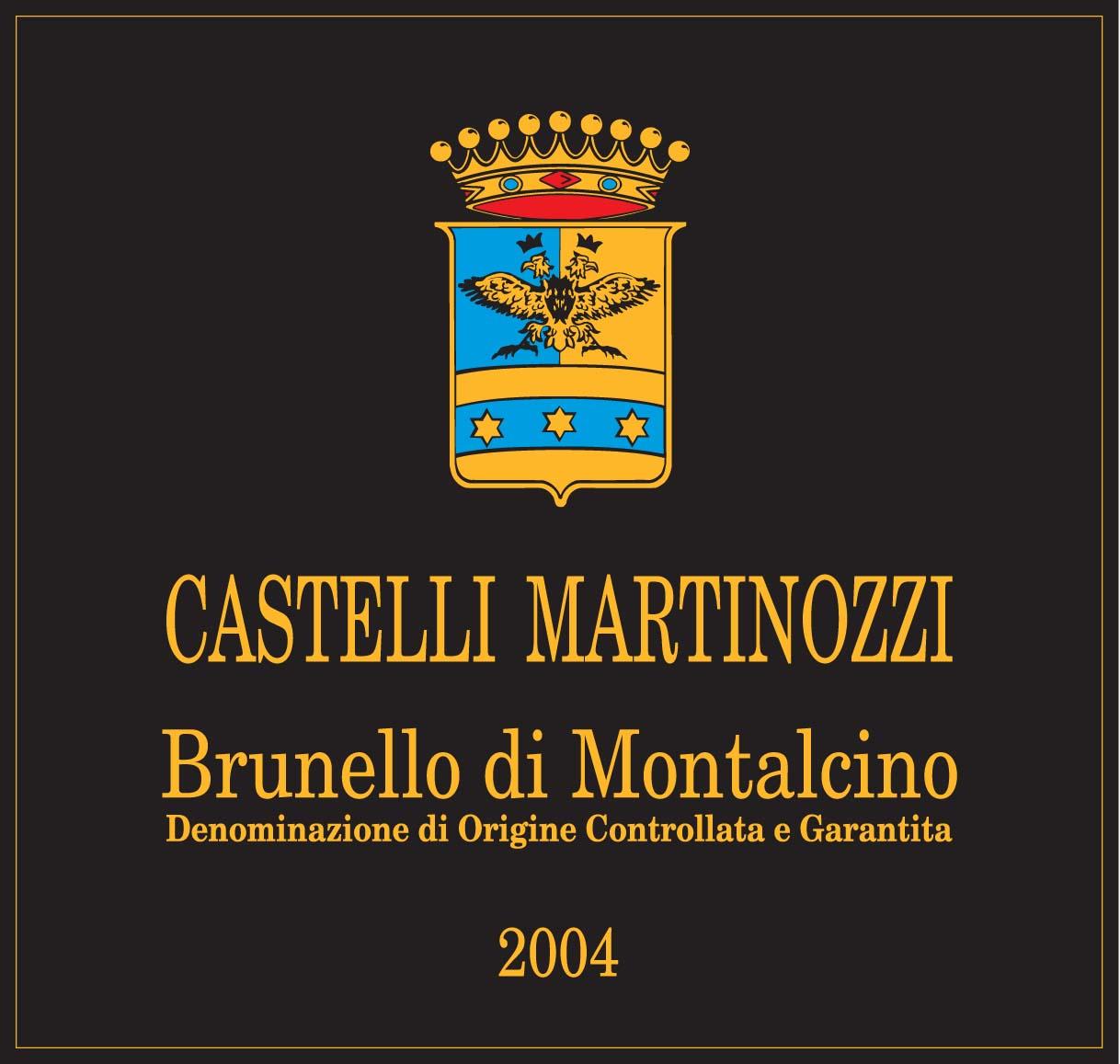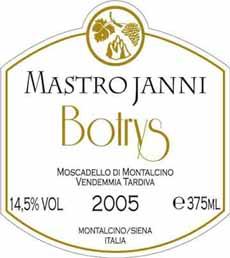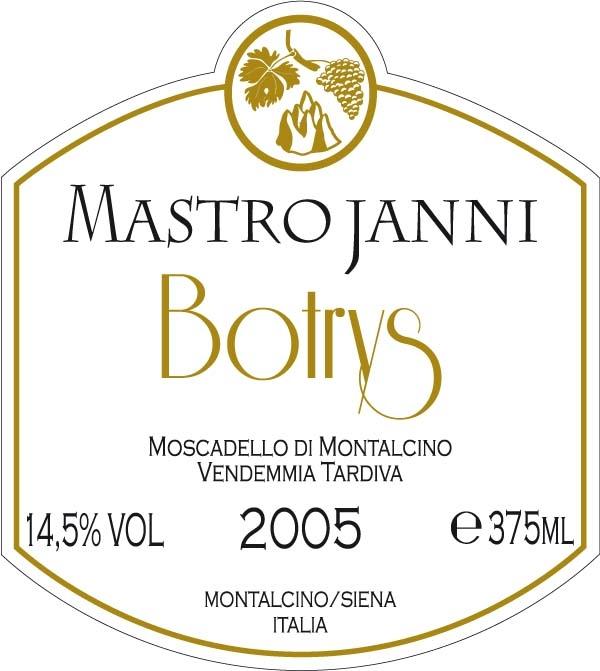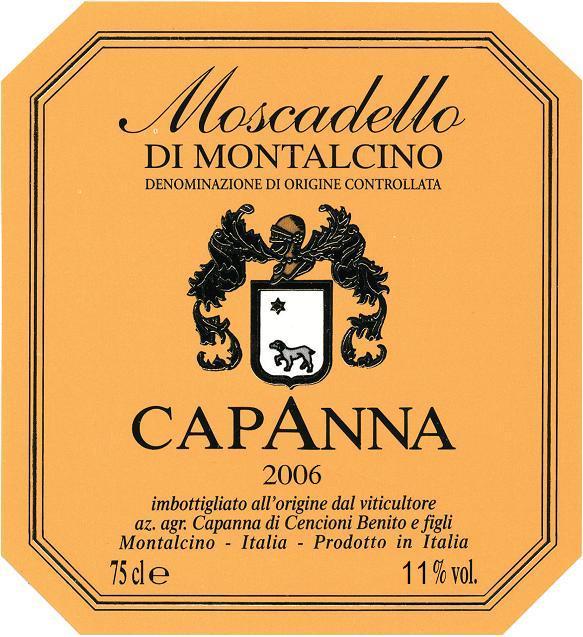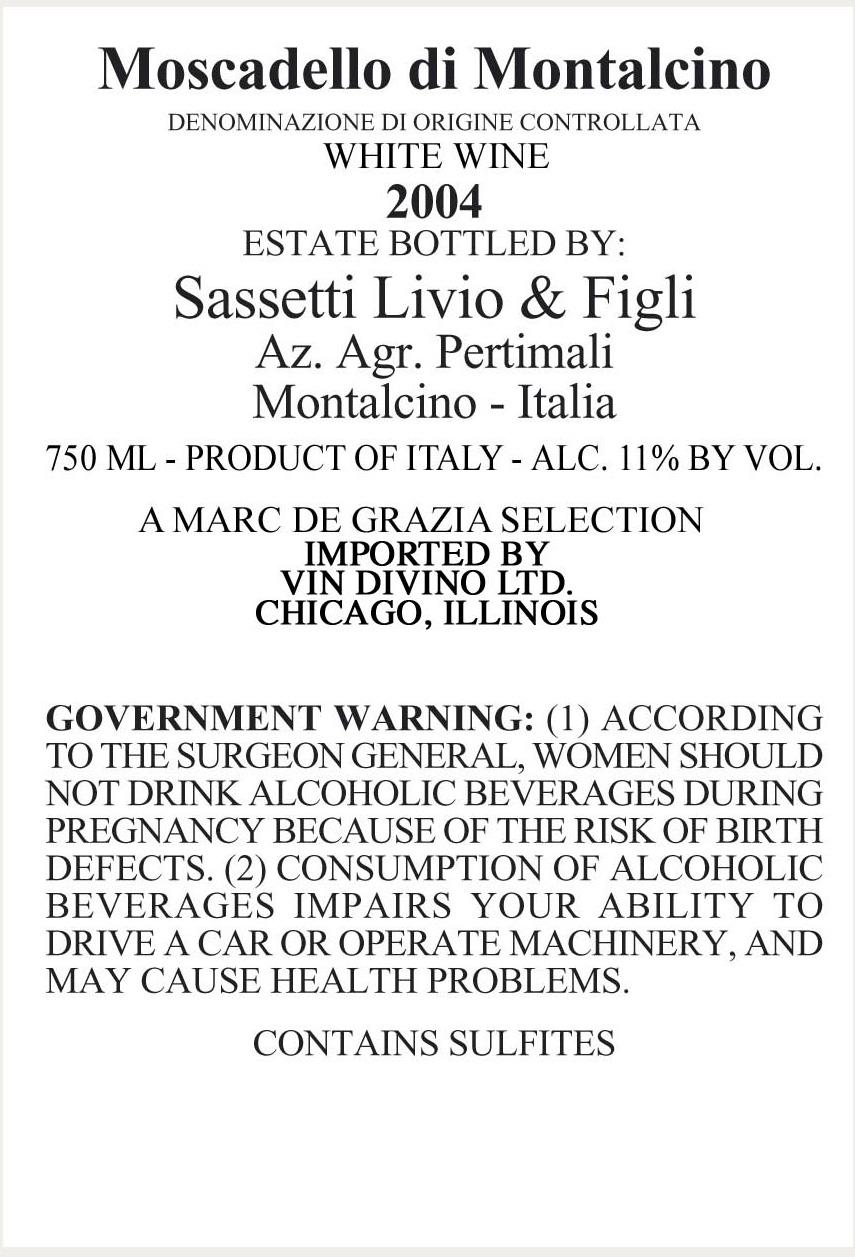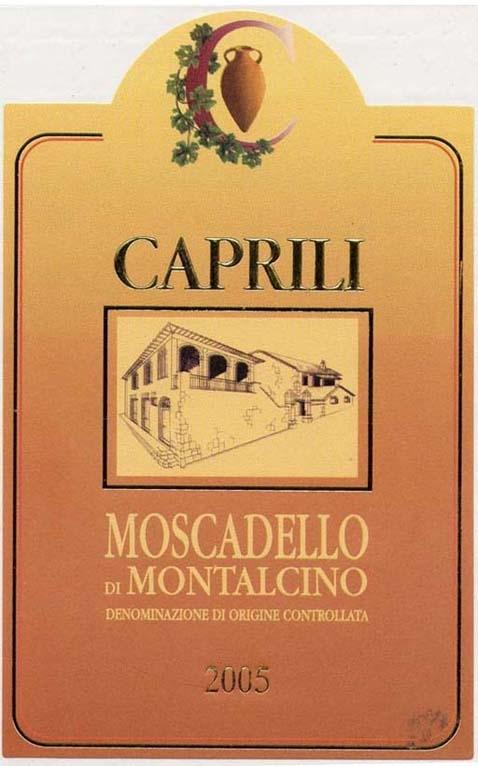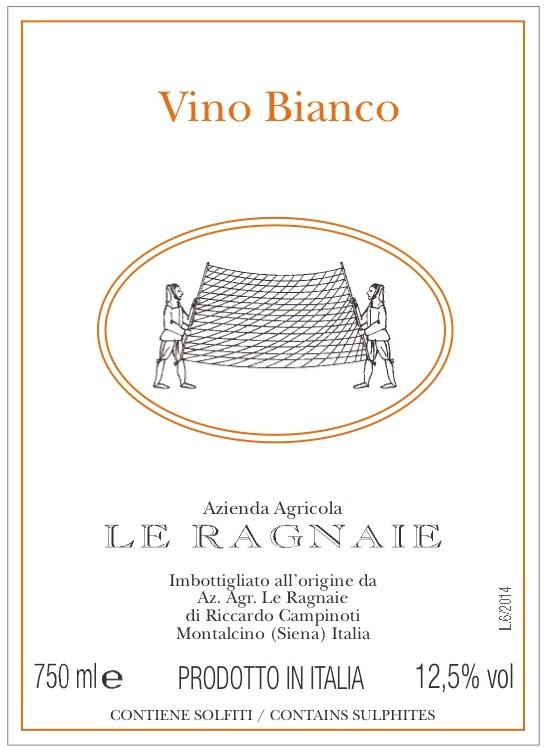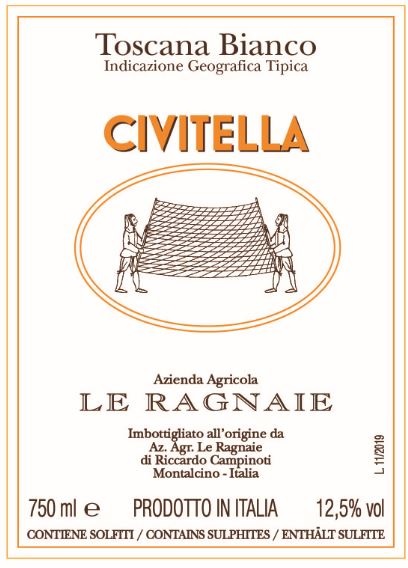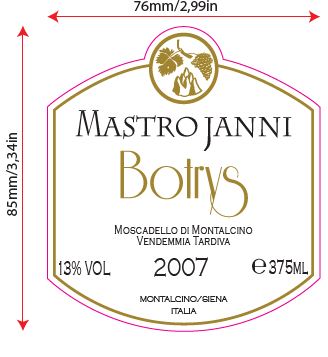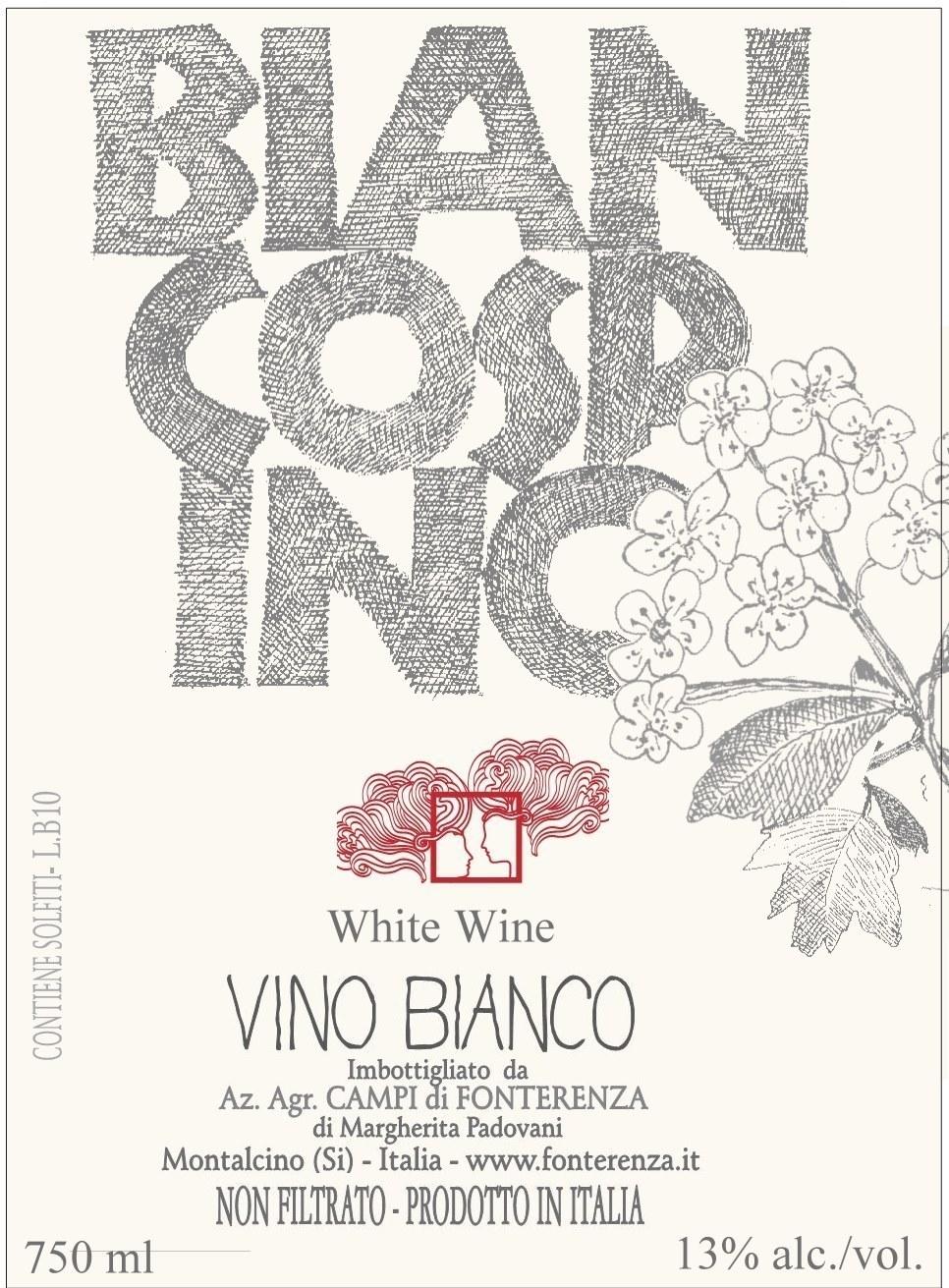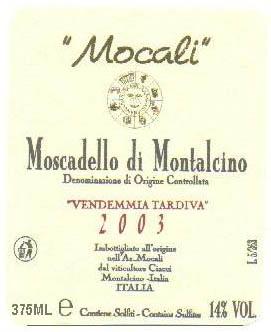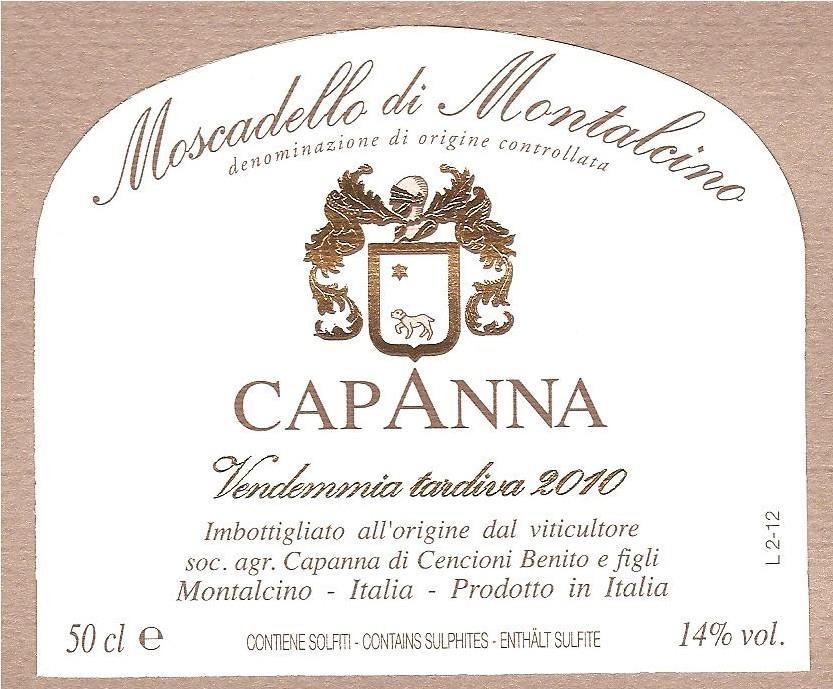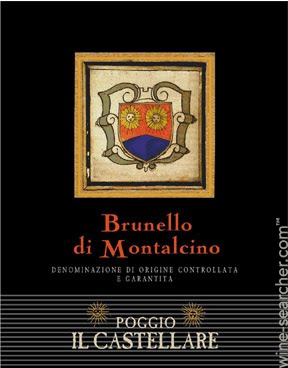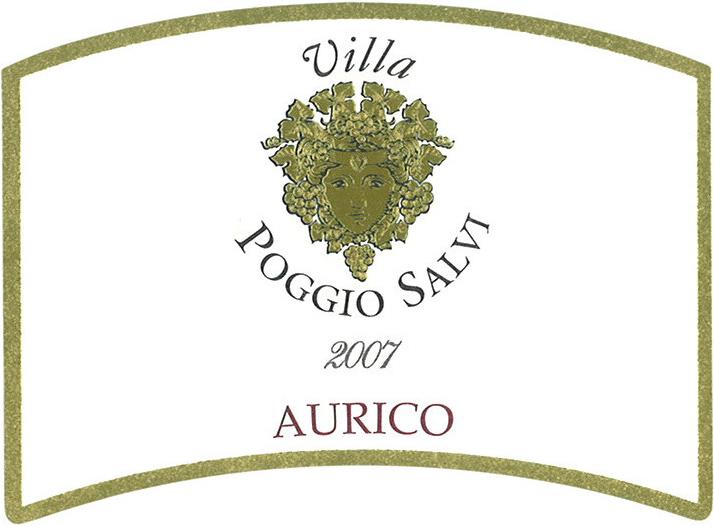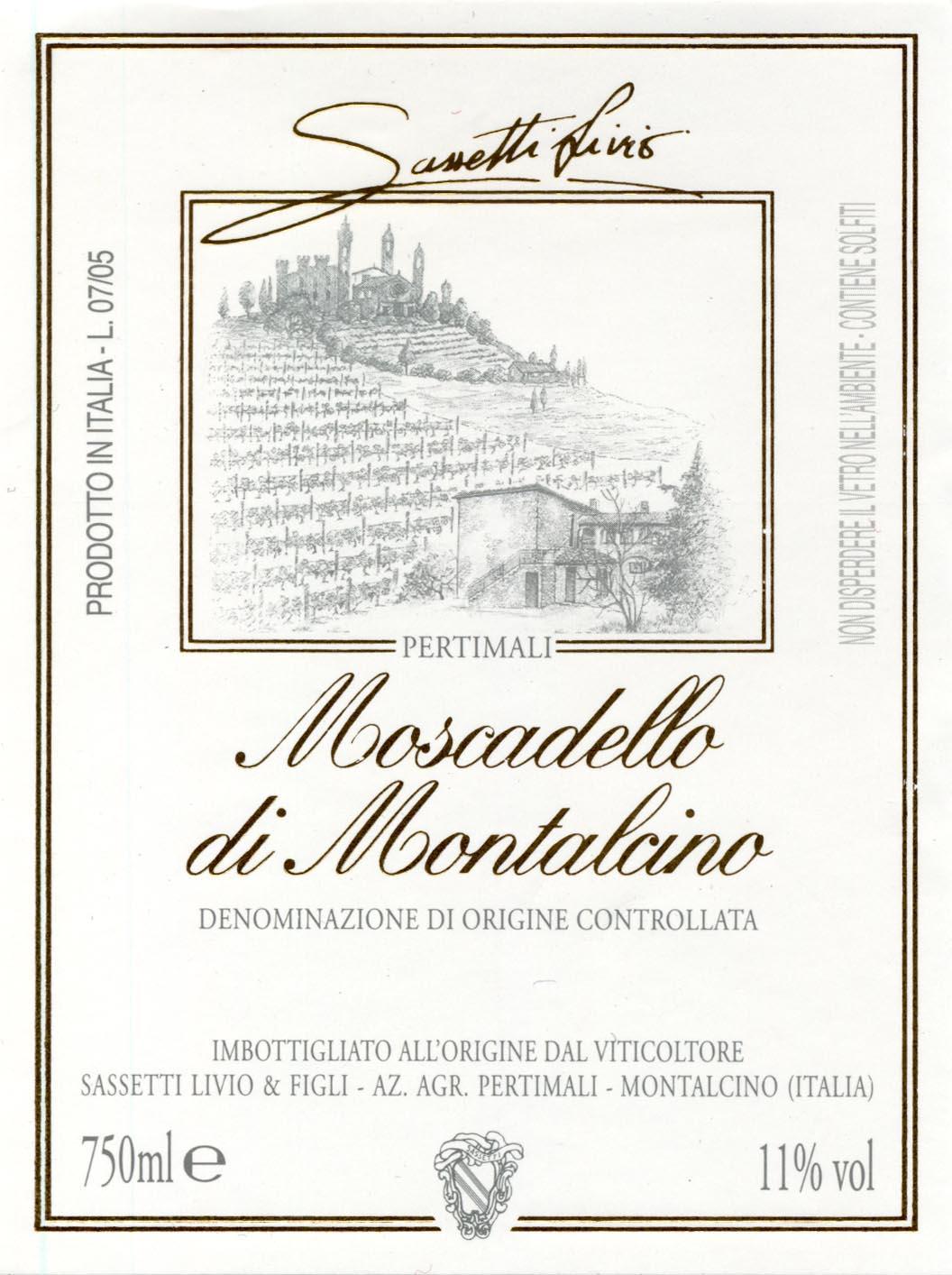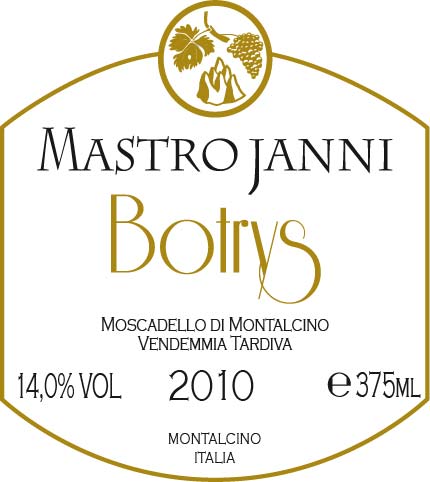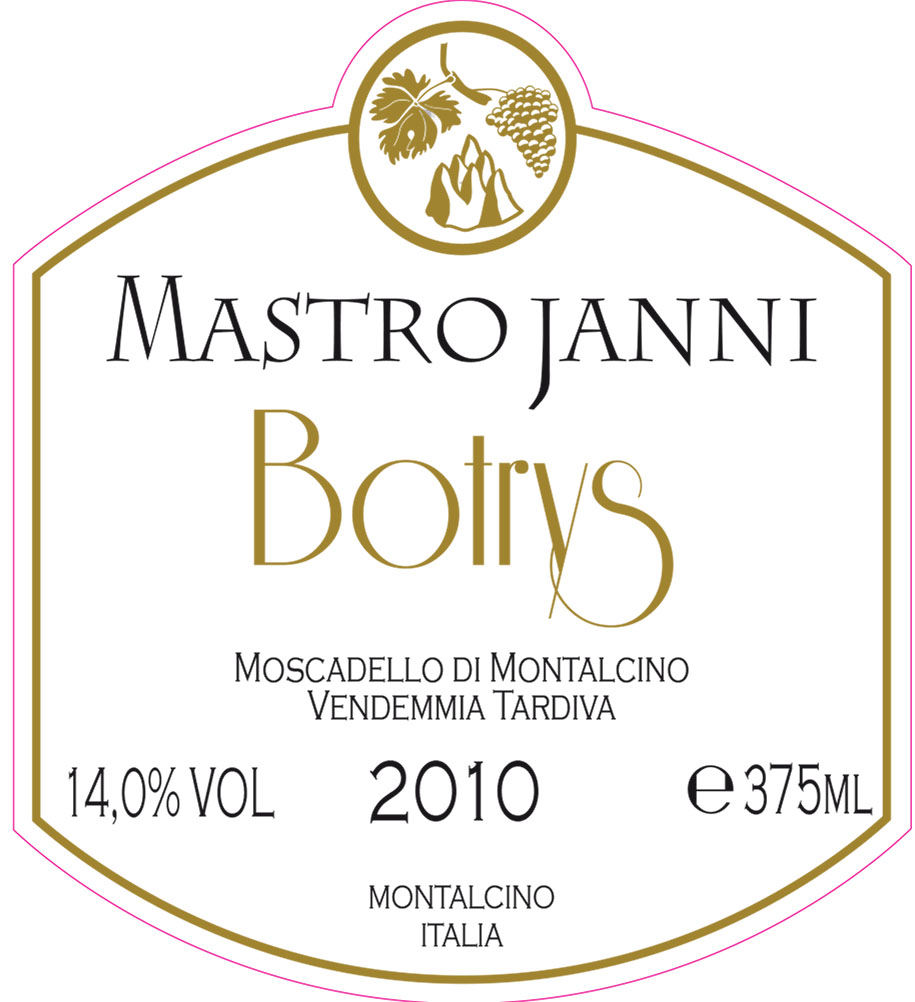Terroir of Montalcino
Montalcino enjoys a predominantly Mediterranean climate, enhanced by its elevated position, providing hot, dry summers and cool winters. Rainfall is moderate and mainly occurs in spring and late autumn, while summers remain arid. Mount Amiata offers protection from fog, late frosts, and winter ice, ensuring a favorable environment for grape growing.
Vineyards range from 120 to 650 meters in altitude, leading to a variety of microclimates. Warmer areas yield richer wines, whereas cooler, higher sites offer more aromatic and structured profiles. The complex geological history of the region results in diverse soils—from alluvial sands and clays in lower areas to marl-rich clays and limestone on mid and upper slopes. Rocky, well-drained high sites contribute to the firm structure of wines. This patchwork of soils and microclimates is crucial to the complexity and longevity of Montalcino's Brunello wines.
Notable Wineries in Montalcino
In the heart of Tuscany, the Montalcino area is home to several remarkable wineries that have shaped the identity of Brunello wines. Here are a few notable producers:
-
Biondi-Santi (Podere Greppo): A historic estate, instrumental in defining Brunello with its elegant and long-lived wines.
-
Castello Banfi (Poggio alle Mura): A modern estate known for its extensive research and popular Brunellos.
-
Argiano: Offers Brunellos with rich, spicy notes amid charming, historic surroundings.
-
Casanova di Neri: Renowned for robust wines like Tenuta Nuova, celebrated for their ripe fruit and plush tannins.
-
Mastrojanni: Produces taut, mineral-driven Brunellos with pure Sangiovese character.
-
Poggio di Sotto: Famed for low-yield, artisanal wines that are ethereal and floral.
-
Ciacci Piccolomini d’Aragona: Esteemed for classic-style wines with spicy red fruit and structure.
Sustainable Winemaking in Montalcino
Montalcino, a jewel in Tuscany, is a region where sustainability is deeply woven into the fabric of winemaking. By blending traditional methods with eco-friendly practices, Montalcino's vineyards thrive while preserving the environment. Hand-tending vines and training them on low, spur-pruned cordons help reduce erosion and control growth naturally.
Growers embrace organic and biodynamic principles, favoring cover crops and natural compost over chemicals. The dry, breezy summers reduce the need for irrigation and limit disease, fostering low-impact farming. Many wineries focus on energy efficiency, using lighter glass and eco-friendly packaging to minimize their carbon footprint.
Emphasizing biodiversity, vineyards are interspersed with olive and fruit trees, and wildflower borders attract beneficial insects. Occasional grazing helps manage cover crops, reflecting a commitment to the land's long-term health. This harmonious approach ensures Montalcino's wines remain exceptional while safeguarding its storied landscapes for future generations.
Wine Tourism in Montalcino
Montalcino offers a rich wine tourism experience, blending history, culture, and exquisite wines. Visitors can explore the Strada del Brunello, which connects prestigious wineries and agriturismi, offering insights into the creation of Brunello and Rosso wines.
The annual Benvenuto Brunello event is a highlight, showcasing new vintages to enthusiasts and professionals alike. The town's medieval charm is complemented by nearby cultural sites such as the Abbazia di Sant’Antimo, providing a backdrop to the wine journey.
Hiking and biking trails traverse the picturesque landscape, allowing an immersive experience of the Val d’Orcia's natural beauty. Many estates offer guided tours and tastings, often paired with local specialties like pecorino cheese and olive oil.
Travelers can also unwind in agriturismo accommodations, enjoying home-cooked Tuscan meals. Montalcino's blend of wine, culture, and stunning vistas ensures a memorable and enriching exploration of Tuscany's renowned vinous heritage.



